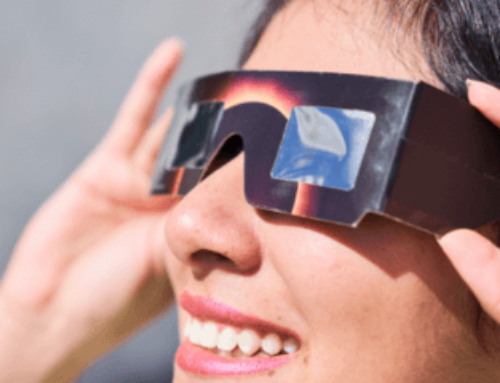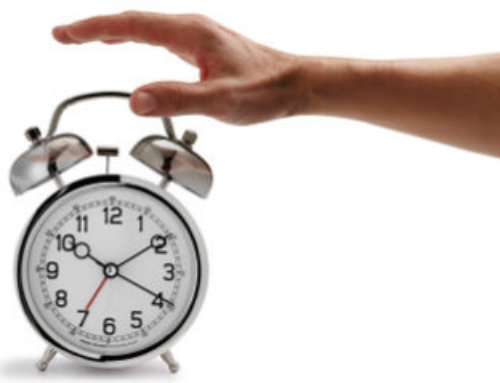DARIEN, IL – The warm weather and excitement of spring may be on the horizon, but at 2 a.m. on Sunday, March 10, “springing forward” to daylight saving time will result in an hour of lost sleep for many who are unprepared. With millions of Americans already failing to get the recommended seven or more hours of sleep on a regular basis, it’s especially important for those who are sleep-deprived to prepare in advance for the spring time change.
According to an American Academy of Sleep Medicine (AASM) health advisory, the change to daylight saving time can have a negative impact on sleep duration and sleep quality, lasting approximately five to seven days. Those who regularly get insufficient sleep may experience the most adverse effects of the time change.
“The change to daylight saving time can disrupt your sleep pattern, making it more difficult to get sufficient sleep for up to a week,” said AASM President Dr. Douglas Kirsch. “This sleep disruption can impair your productivity, alertness and mood, and it may increase your risk of driving drowsy, especially if you don’t get plenty of sleep during the week leading up to the time change.”
Teens, who tend to get insufficient sleep during the school year, may be especially at risk of experiencing disrupted sleep and more daytime sleepiness due to the time change. While the AASM recommends that teens should sleep eight to 10 hours on a regular basis, data show that most teens report sleeping fewer than eight hours on an average school night.
Fortunately, with some advance preparation, the negative impacts of the change to daylight saving time can be reduced. The AASM recommends the following tips for the week leading up to March 10:
- Get at least seven hours of sleep (for adults) or eight hours of sleep (for teens) per night before and after the time change. You can use the AASM’s bedtime calculator to identify an appropriate nightly bedtime.
- Gradually adjust your sleep and wake times beginning two to three nights before the time change. Shift your bedtime 15 or 20 minutes earlier each night.
- For a few days before the time change, begin to adjust the timing of other daily routines that are “time cues” for your body. For example, start eating dinner a little earlier each night.
- On Saturday night, set your clocks ahead one hour in the early evening. Then go to sleep at your normal bedtime.
- Head outdoors for some early morning sunlight on Sunday. The bright light will help set your internal clock, which regulates sleep and alertness.
- Go to bed early enough on Sunday night to get plenty of sleep before the week begins on Monday.
Along with a healthy diet and regular exercise, sleep is one of the three pillars of a healthy lifestyle. Healthy sleep improves your health and quality of life in a variety of ways; it’s essential for health, well-being and safety. In contrast, chronic insufficient sleep can lead to an increased risk of cardiovascular disease, stroke, type 2 diabetes, hypertension, depression, obesity and several types of cancer. Evidence also suggests that insufficient or poor sleep may contribute to the development of Alzheimer’s disease.
To advance sleep health worldwide, the AASM and other professional sleep societies around the globe will be celebrating World Sleep Day® on Friday, March 15. This year’s slogan is, “Healthy Sleep, Healthy Aging.” Learn more about this annual event, which is organized by the World Sleep Society, and get involved at http://www.WorldSleepDay.org/Get-Involved.
More information about sleep and sleep disorders is available from the AASM at SleepEducation.org. To get help for a sleep problem, use the AASM’s online directory to find an AASM-accredited sleep center near you.
About the American Academy of Sleep Medicine
Established in 1975, the American Academy of Sleep Medicine (AASM) improves sleep health and promotes high quality, patient-centered care through advocacy, education, strategic research, and practice standards. The AASM has a combined membership of 10,000 accredited member sleep centers and individual members, including physicians, scientists and other health care professionals.









